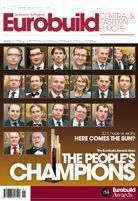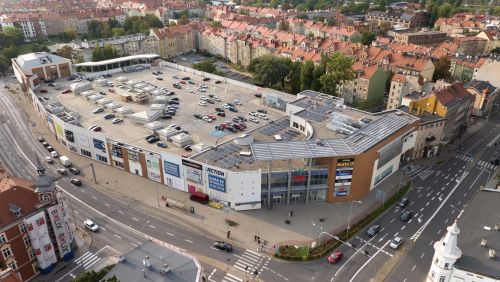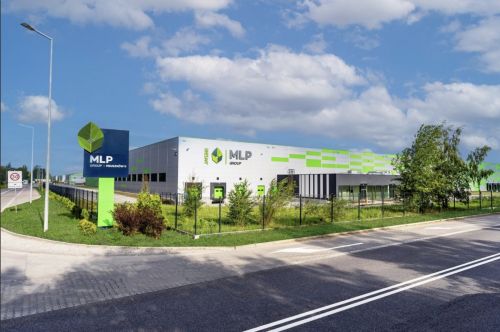Over five houndred tenants were surveyed – and out of fifty office buildings across Poland one project came out on top. And this time the honour went to WrocławMladen PetrovAccording to Roman Woźniak of the Roman Woźniak Arkitekter studio: “The Wrocław office project was something more than just another contract.” And this is not related to the fact that the architect, who has lived in Sweden since the 1960s, knew the ordering party well – Swedish company Skanska. Childhood memories“Grunwaldzki Center is an exceptional project for me. Just working in Wrocław – a city with a rich history and a lot of outstanding historic buildings – was a challenge. We wanted to design a building that would be both contemporary and allude to the wonderful examples of pre-war office architecture in the city. An additional personal factor, which had a significant influence on my work on the project, was the fact that Wrocław has been my hometown for some tim






























































